Never in a million years did I ever worry about losing my hair. It wasn’t even a thought. I have very thin hair, but I’ve always had a ton of it on my head. So, when I noticed my first bald spot, it was shocking to me. I would be more than happy to just have that one bald spot back, but so much more fell out after that. So much that our shower drain clogged before I even starting noticing the rest of the bald spots. It’s insane how much hair I lost so quickly.
October 2020: My First Bald Spot
Sometime in the summer of 2020, I noticed that I had a few white spots on my nails. I couldn’t figure out what they were from. I usually had my nails done with acrylics, but because of the pandemic, I wasn’t getting them done and figured that maybe my nails just normally had spots on them. Turns out that can be a sign of alopecia.
We also had our shower drain clog up. This had never happened to us before but when my husband unclogged it, there was a ton of hair in there. In retrospect, even though I didn’t have a bald spot yet, my hair had obviously begun to fall out quite a bit.
Then one day, I was combing my hair after a shower, and I noticed a bald spot on the top of my head. I made an appointment with my doctor right away, but I figured this bald spot was because of a pimple I had on my head.
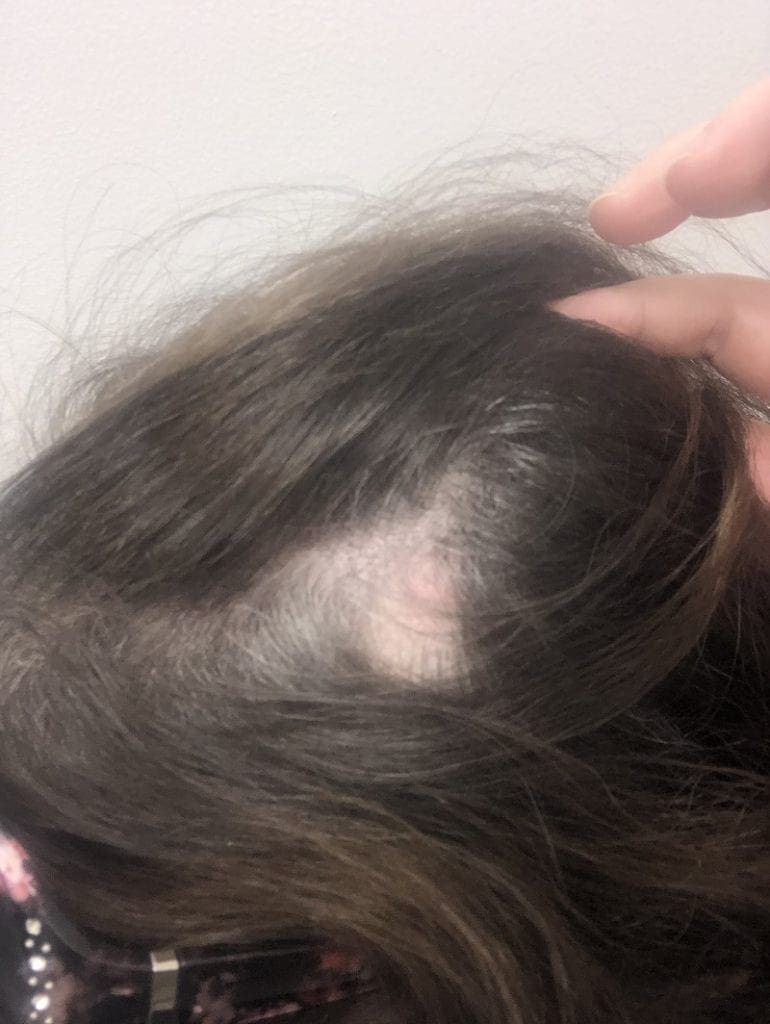
I assumed this because a few weeks before I noticed this bald spot, I had intense pain in this area. I mean I couldn’t even sleep on this part of my head it hurt so much. I had been getting a lot of zits on my head in the past year, and I assumed that the pain was from a zit. It hurt so bad that I couldn’t even touch it to feel a zit, but I was convinced that’s what it was.
The intense pain lasted about 2 days and then went away, and I went on with life. I probably had the bald spot at that point but didn’t notice.
When the doctor checked me over, he noticed another bald spot on the back of my head by my hairline. He told me he thought it was alopecia and referred me to a dermatologist.
I saw the dermatologist within a week, and he confirmed that I had alopecia. However, he never even looked at my head! He didn’t even come close enough to me to notice that there was a bald spot. He just told me I had alopecia and recommended that I start getting cortisone shots in my head.
I left the office convinced that acne was the problem, not alopecia.
In December, Hair Started Falling Off The Back Of My Head
At the beginning of December, I noticed that I was getting a lot of bald spots on the back of my head. You can see that there was also a pile of acne there, so I assumed, again, that acne might be the cause of the hair loss. Although, the amount of hair coming off was alarming.
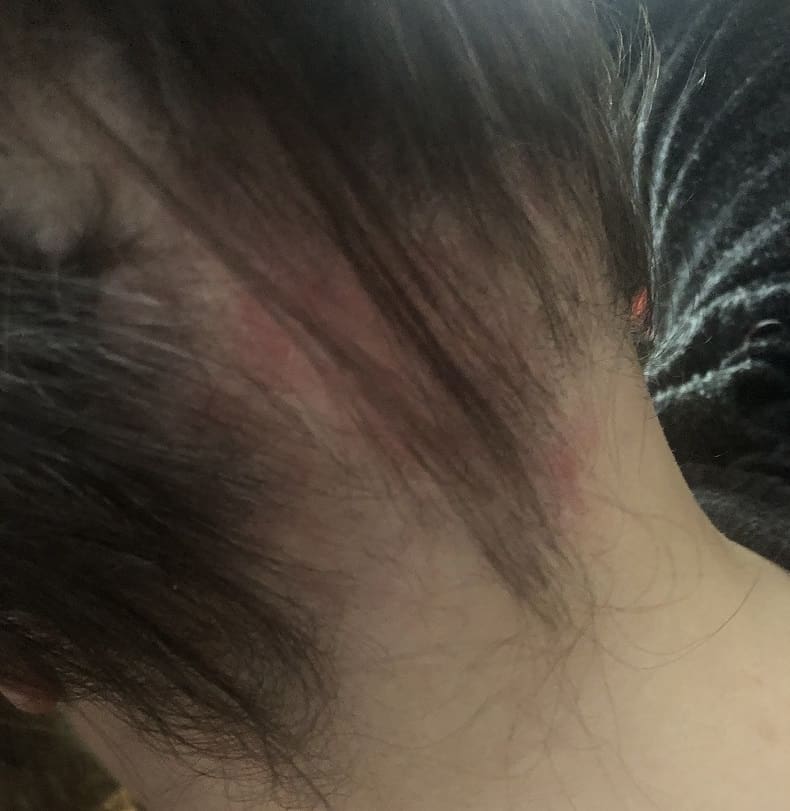
I still had the hair on the sides of my head and a lot of hair on the top of my head, so I wasn’t too concerned. I figured once the acne cleared up, the hair would regrow. The bald spot, on the top of my head, was still there. But I could easily cover it up with other hair.
In January I Lost Hair On The Sides Of My Head
Then in the latter part of January, I started to lose a lot of hair from the sides of my head. It was falling out and breaking off.
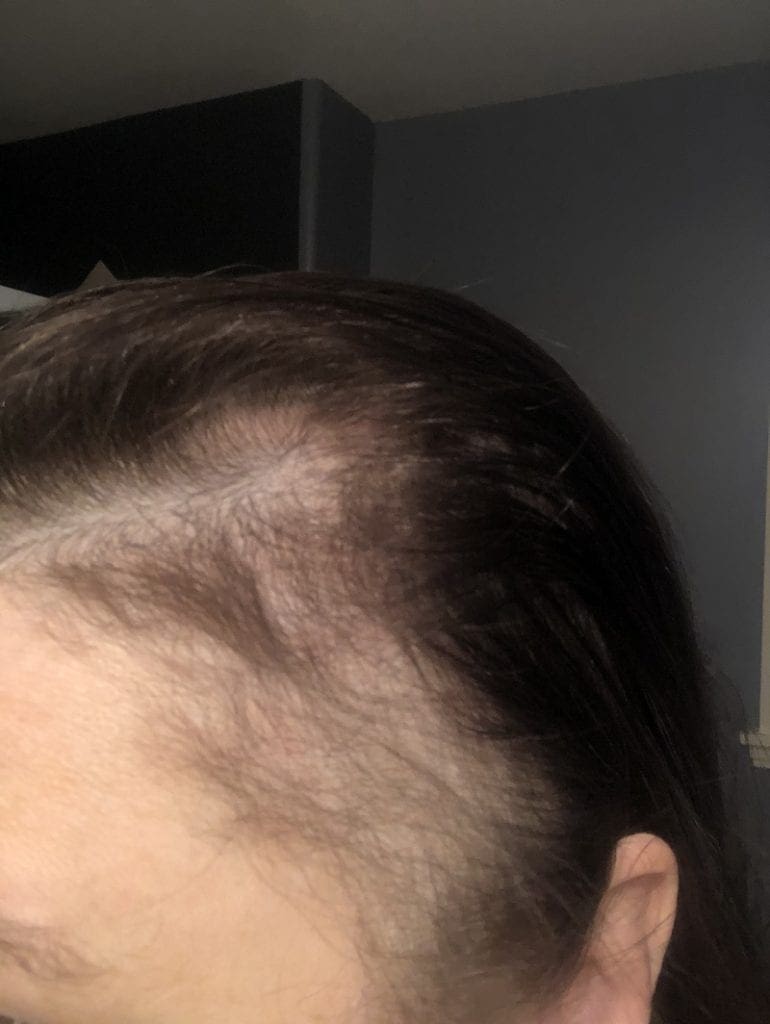
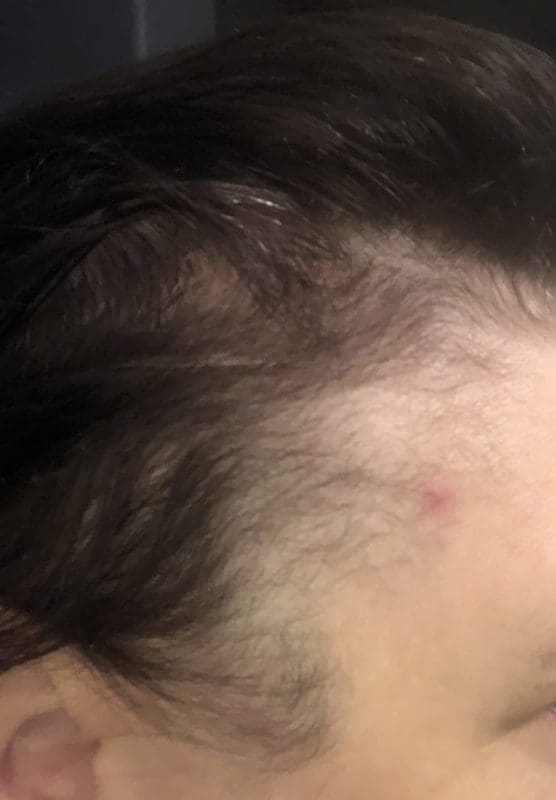
I saw my dermatologist and lifted up my hair to show him how much hair I had lost on the sides and back, and, without getting near me again, he informed me that I had Ophiasis alopecia and that it wasn’t caused by anything I had done. He then told me to keep my stress levels low. Then he recommended either shots or some sort of drug therapy and informed me that my hair loss would only get worse if I didn’t engage in treatment.
I left there considering the drug therapy. I have never been one to obsess about my hair, but this kind of hair loss was starting to make me feel pretty bad. I would occasionally have fits of crying and anger followed by shame. I couldn’t believe I was losing my hair like this. Nobody in my family had ever lost their hair and, to be honest, there was a lot of self-pity going on in my head.
May 2021: I’ve Lost More Hair But Seem To Have Stabilized
I used to have hair down to the middle of my back, but I have cut a lot of my remaining hair off to make it lighter. I can still get away with combing my hair in a way that mostly hides my bald spots and thinning hair, but barely.
I can’t wear my hair in a ponytail or even half back because it’s obvious that I have almost no hair on the back or sides of my head.
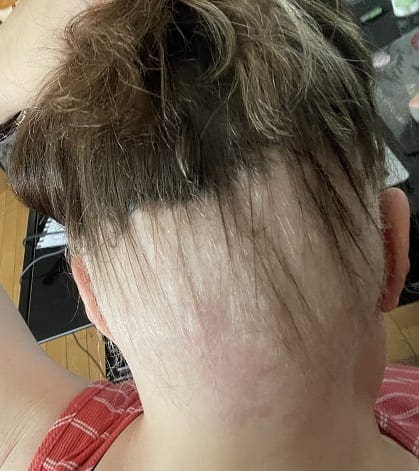
Since this picture, I have died my hair, and there was a lot of white hair there that got darker and makes the back of my head look a little less bald, but there are still a ton of bald spots.
I’ve lost the hair over my ears, along my hairline, and – well, from all over.

I’ve got to admit, there have been plenty of times that I’ve felt pretty sorry for myself throughout this process. I can’t tell you how much I miss wearing my hair up and having a full head of hair!

Even around my husband, who always informs me that he sees new hair growing back in even when it’s not there, I’ve had MANY moments where I don’t want to put my hair back because it looks so sad to me.

I hadn’t shown anyone the extent of my hair loss until not long ago, and the reactions were pretty bad.
My dad’s mouth hung open in shock and he didn’t know what to say. He’s always been very supportive, so that hurt a lot. I took a few days to get over that.
My friend, who lives across the country, sent me a sad face to start off the conversation, and I think that’s when I really realized how bad it looked.
I Believe Stress Has Played A HUGE Part In My Ophiasis Alopecia
From what I’ve read, alopecia can happen in people who have other autoimmune diseases. I have Hypothyroidism, so I guess that could be an explanation. But people in my family have had Hypothyroidism, as well as other autoimmune diseases, and they didn’t lose their hair.
Maybe I’m just special? I guess I kind of am because, apparently, only about 20% of alopecia cases start after the age of 40. I was 42 when mine started.
I’ve talked about it a bit this past year, but I’ve had some severe stress and I believe that’s the cause of my alopecia. I know that I’ve read stories where people with alopecia stopped losing their hair during times of high stress; however, for me, the hair loss seems to happen a few months after periods where I am extremely stressed.
In fact, the cysts I’ve had – both a breast cyst and an ovarian cyst – have also happened during these times. So, it’s hard for me not to believe that’s a huge cause of my issues.
I also believe that my hormones have also played a part in my stress levels which have played a part in my alopecia and cysts. Before all this happened, I was having constant issues that were cyclic in nature. They would come and go throughout my menstrual cycle and I would have the same issues every month – acne, mood changes, pains, and other problems that would come and go depending on what time of the month it was.
The problem is I’m not sure if my stress was affecting my hormones or my hormones were affecting my stress.
Doctors will not look at my hormones. I’ve tried with three different doctors, including my dermatologist, and none of them think that my hormones are the issue. They will not look into it.
Mind you, they don’t have an actual explanation for all my issues. My doctor has said that cysts are a natural part of life and my dermatologist says that alopecia just happens to some people. They are not willing to look for a root cause.
So, currently, I’m actively working on keeping my stress levels down. I think that’s most important.
Then, in a few months, I’m going to go back to a naturopath and work on the hormonal issue. I’ve tried that before and thanks to the medication they put me on, it ended with my thyroid levels being affected negatively and a huge anxiety attack that put me in the emergency for the first time in my life because I thought I was having heart problems. I stopped trying to fix my hormones at that point and I’m a little worried about trying again, but I still need to take some sort of action, so I’m going to do it.
I Am Grateful That The Hair Loss Has Seemed To Stop
Knock on wood and cross my fingers – my hairbrush is not full of hair anymore.
Also, I was lint rolling myself constantly before, and I barely get any hair when I do that now.
The hair loss seems to have stopped, and I’m grateful that I can still hide it somewhat.
I had settled on the fact that if I lost my hair, I was going to get a wig or a good scarf and embrace it. I decided that I didn’t want to prolong the inevitable because it seems like many people who get treatment end up losing their hair anyways after they stop the treatment. I’d rather save myself the pain and money and buy myself a wig.
That said, it’s not easy to lose your hair, even when you’ve accepted that it’s happening and could get worse.
If you are experiencing alopecia, I recommend reading as many stories and watching as many videos as you can of people who are going through what you are going through. It helps. When you see people reversing their hair loss and, on the other end, embracing their hair loss and shaving their heads, it helps. But there will still be times when you look in the mirror and feel a little sorry for yourself.
I’ll update in a few months with, hopefully, a lot of new hair growth.
First Alopecia Update: End of May to August. (Getting Better)
Second Alopecia Update: August to the middle of December. (Getting Much Better)
Third Alopecia Update: January To Beginning Of March (Hair started falling out again and is much worse this time.)
Fourth Alopecia Update: End of March – Hair loss worse (not just my scalp anymore) and I bought a wig.
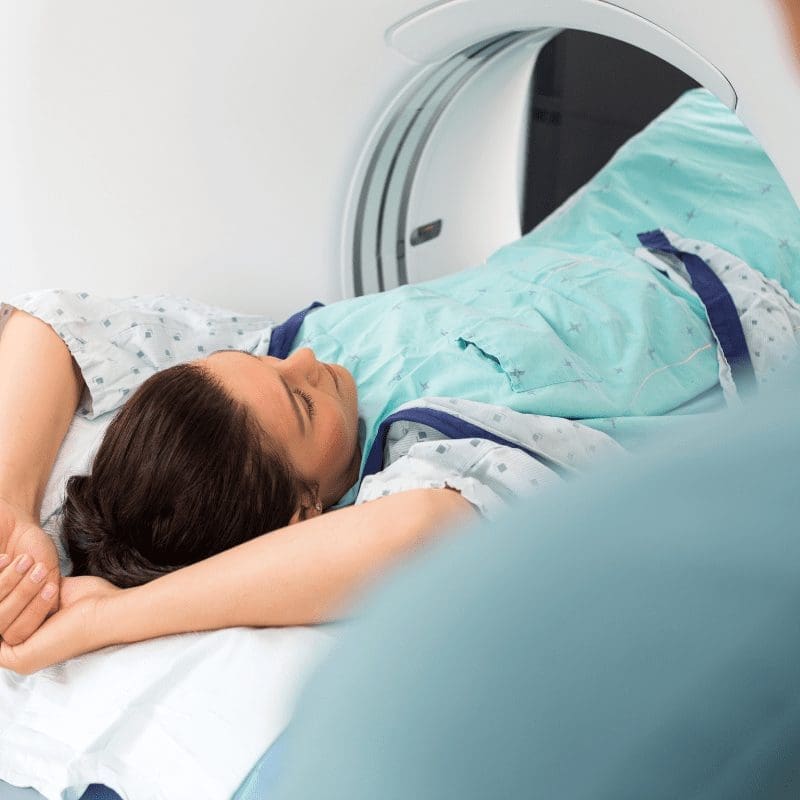
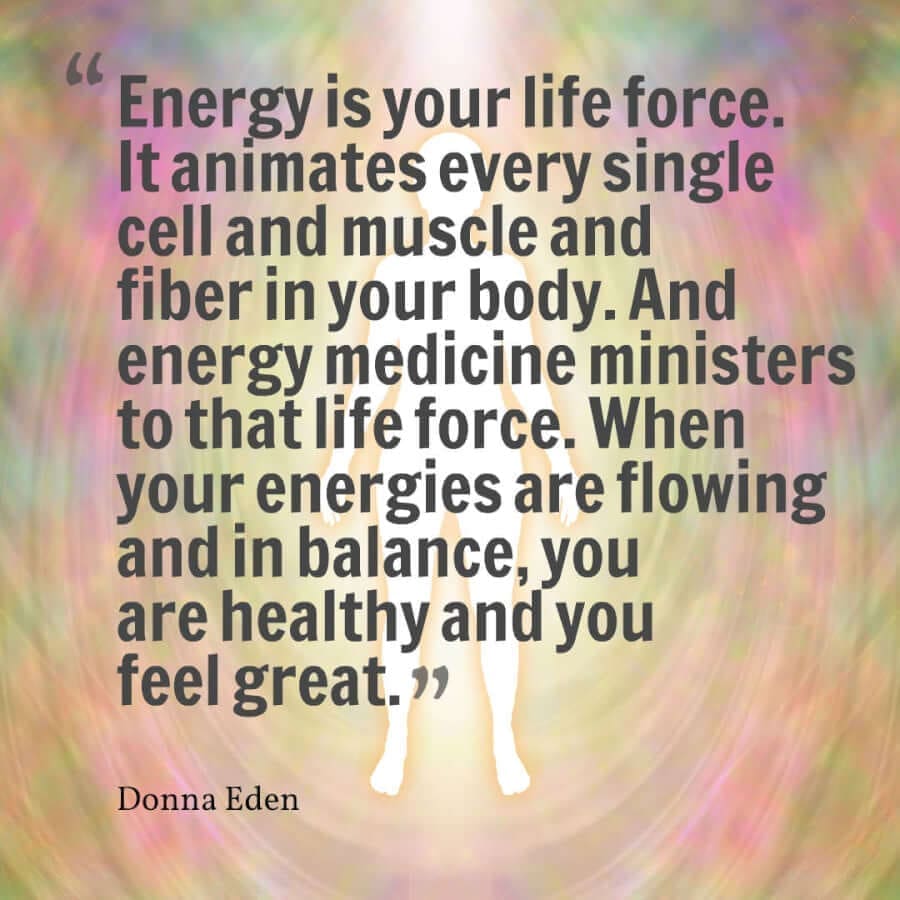
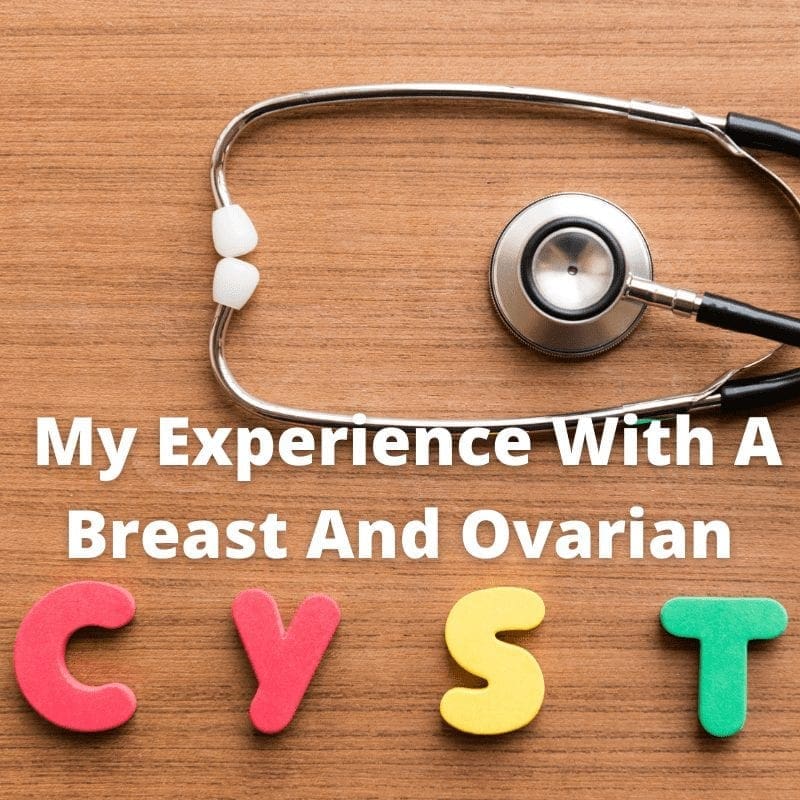
People in my area don’t know that shampoos that grow your hair fast (obviously without any sulfates, parabens or DEA) even exist. We all are now able to attain longer hair and possess more alternatives. Surely worth searching.
When you’re assessing alopecia, damaged hair, preventing skin disorders, hair growth, hair and scalp health generally, the same ideas become relevant.
For the most part, you will want to steer clear of hair treatments and products that include chemicals like parabens, DEA and sulfates.
What is healthy for your hair is good for your skin also.